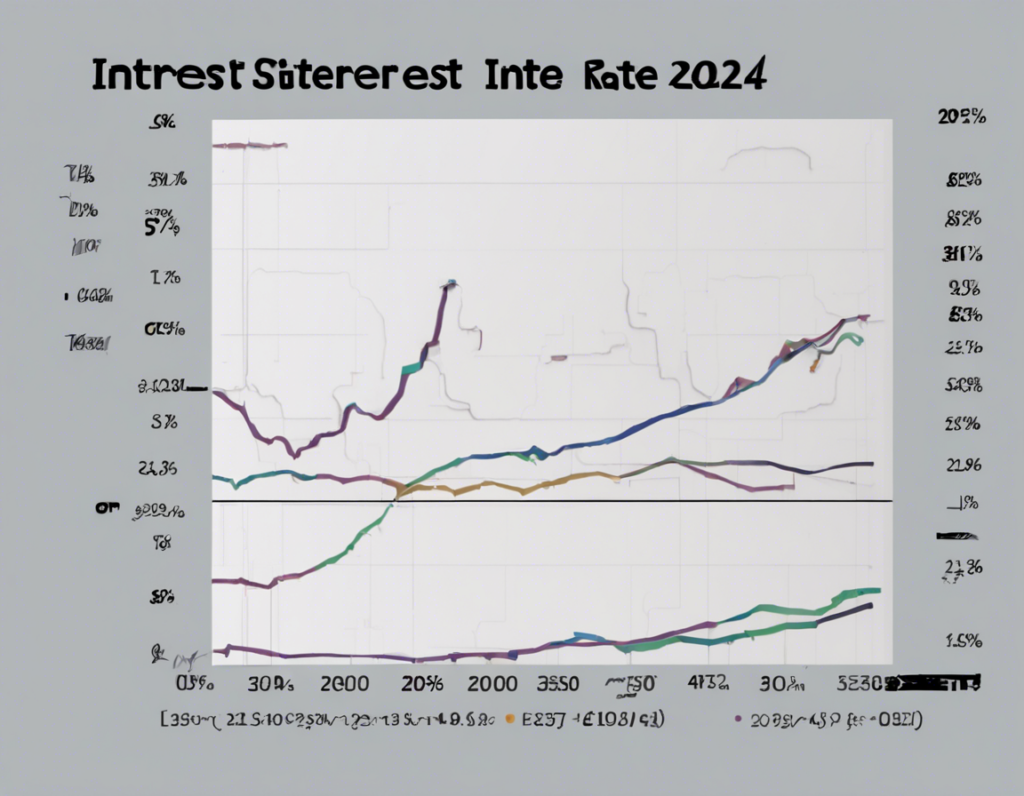
Introduction
In the world of finance, understanding interest rate trends is crucial for making informed decisions and projections. Sub-Saharan Africa (SSA) is a region that has been attracting growing interest from investors, with its diverse economies showing promise for the future. In this article, we will explore the SCSS interest rate trends expected for 2024 in the region, focusing on key factors that influence these rates and what to anticipate in the coming year.
Factors Influencing SCSS Interest Rates in Sub-Saharan Africa
Several factors can influence the SCSS interest rates in Sub-Saharan Africa. Understanding these factors is essential for predicting the future trends for 2024:
Economic Growth: The overall economic performance of countries in SSA can impact interest rates. Strong economic growth may lead to higher interest rates as demand for credit increases.
Inflation: High inflation rates can erode the purchasing power of a currency, leading to higher interest rates to combat inflation.
Monetary Policy: Central banks play a crucial role in setting interest rates. Their policies, such as raising or lowering the benchmark rates, can directly impact SCSS rates.
Global Economic Conditions: External factors, such as global economic trends and the performance of major economies, can influence investor sentiment and capital flows, affecting interest rates.
SCSS Interest Rate Trends for 2024
Based on current market indicators and projections, here are some trends to watch for in SCSS interest rates in Sub-Saharan Africa for 2024:
Moderate Increase: Many countries in SSA are expected to see a moderate increase in SCSS interest rates in 2024. This could be a response to inflationary pressures and the need to attract foreign investment.
Divergence among Countries: Different countries in the region may experience varying trends in interest rates based on their economic fundamentals and policy decisions. Some may choose to maintain lower rates to spur growth, while others could opt for higher rates to control inflation.
Impact of External Factors: Global economic conditions, such as commodity prices and trade dynamics, will also influence SCSS interest rates in SSA. Uncertainties in the global economy could lead to volatility in rates.
Policy Changes: Any changes in monetary policy by central banks, such as rate hikes or cuts, will have a direct impact on SCSS interest rates. Investors should closely monitor policy announcements and their implications.
Investor Sentiment: Investor confidence and risk appetite will play a significant role in shaping interest rate trends. Positive economic developments could attract investors, leading to lower rates, while uncertainties may push rates higher.
Frequently Asked Questions (FAQs)
1. What is SCSS?
SCSS stands for Sub-Saharan Africa Sovereign Bonds, which are issued by governments in the region to raise funds. These bonds carry a fixed interest rate and maturity date.
2. How do interest rates impact the economy?
Interest rates influence borrowing and saving behavior, investment decisions, and overall economic growth. Higher rates can slow down borrowing and spending, while lower rates can stimulate economic activity.
3. Why are SCSS interest rates important for investors?
SCSS interest rates can affect the returns on investments in the region. Investors closely monitor these rates to make strategic decisions on allocating capital.
4. Can political instability affect SCSS interest rates?
Yes, political instability can lead to economic uncertainties, impacting investor confidence and leading to changes in interest rates.
5. How can individuals leverage SCSS interest rate trends for financial planning?
By staying informed about SCSS interest rate trends, individuals can make informed decisions about savings, investments, and borrowing, optimizing their financial strategies for the future.
Conclusion
As we look ahead to 2024, monitoring SCSS interest rate trends in Sub-Saharan Africa will be key for investors, policymakers, and individuals alike. By understanding the factors influencing these rates and staying informed about market developments, stakeholders can better navigate the economic landscape and capitalize on opportunities that arise. Stay tuned for updates on SCSS rates and be prepared to adapt to changing market conditions in the region.